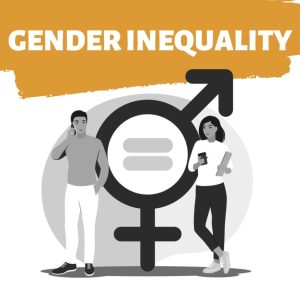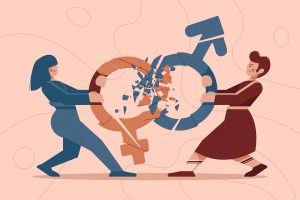UNCONSCIOUS BIAS IN THE WORKPLACE
Unconscious bias in the workplace. To make sense of the complex world we live in, our brains are designed to categorize objects we come across. However, biases can lead us to develop prejudices against other people, which makes it possible for stark disparities to arise between various demographic groups.

UNCONSCIOUS BIAS IN THE WORKPLACE
Types of unconscious bias
Although, apart from gender prejudice, there exist several additional forms of implicit bias that have a disproportionate impact on women’s career advancement. These types of bias include:
Unconscious bias in performance support
However, when employers, managers, and coworkers provide one gender (usually men) more resources and opportunities than another, it’s known as performance support bias.
Unconscious bias in performance reviews
Also, even in cases when the evaluations are solely merit-based, performance review bias happens when supervisors, employers, and coworkers evaluate employees of one gender differently from those of another.
Unconscious bias in performance rewards
Meanwhile, when coworkers, supervisors, and employers treat a female employee differently from a male employee, this is known as performance reward bias. Promotions, pay increases, or other merit-based benefits are examples of rewards.
However, there are various ways to curb unconscious bias in the workplace. These are indicated below:
Ways to reduce unconscious bias
1. Acquire knowledge about unconscious biases.
Make sure that every employee in your company understands the existence of prejudices.
2. Determine which prejudices are most likely to have an impact on you.
3. Also, Ascertain the potential impact of prejudices on your organization.
4. Teach staff members to recognize and address bias.
5. However, Update the hiring procedure.
6. Meanwhile, Use statistics to guide your choices.
7. Also, Consider diversity when making employment selections.
8. Motivate group members to discuss their prejudices.
9. Make workers answerable.
10. Establish objectives for inclusion, equity, and diversity.
A 2017 study on gender bias from the Harvard Business Review
women are unfairly assigned inferior accounts












